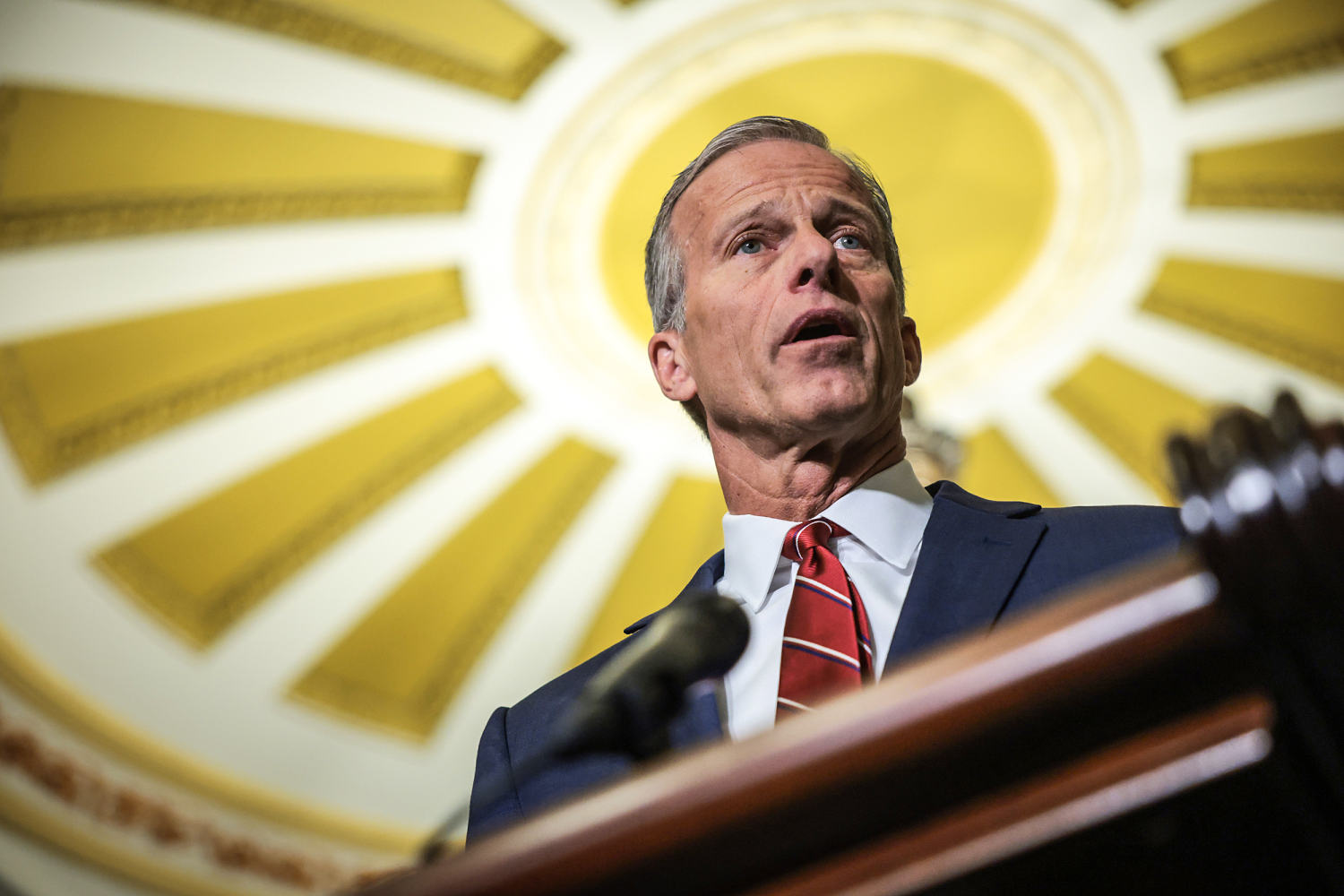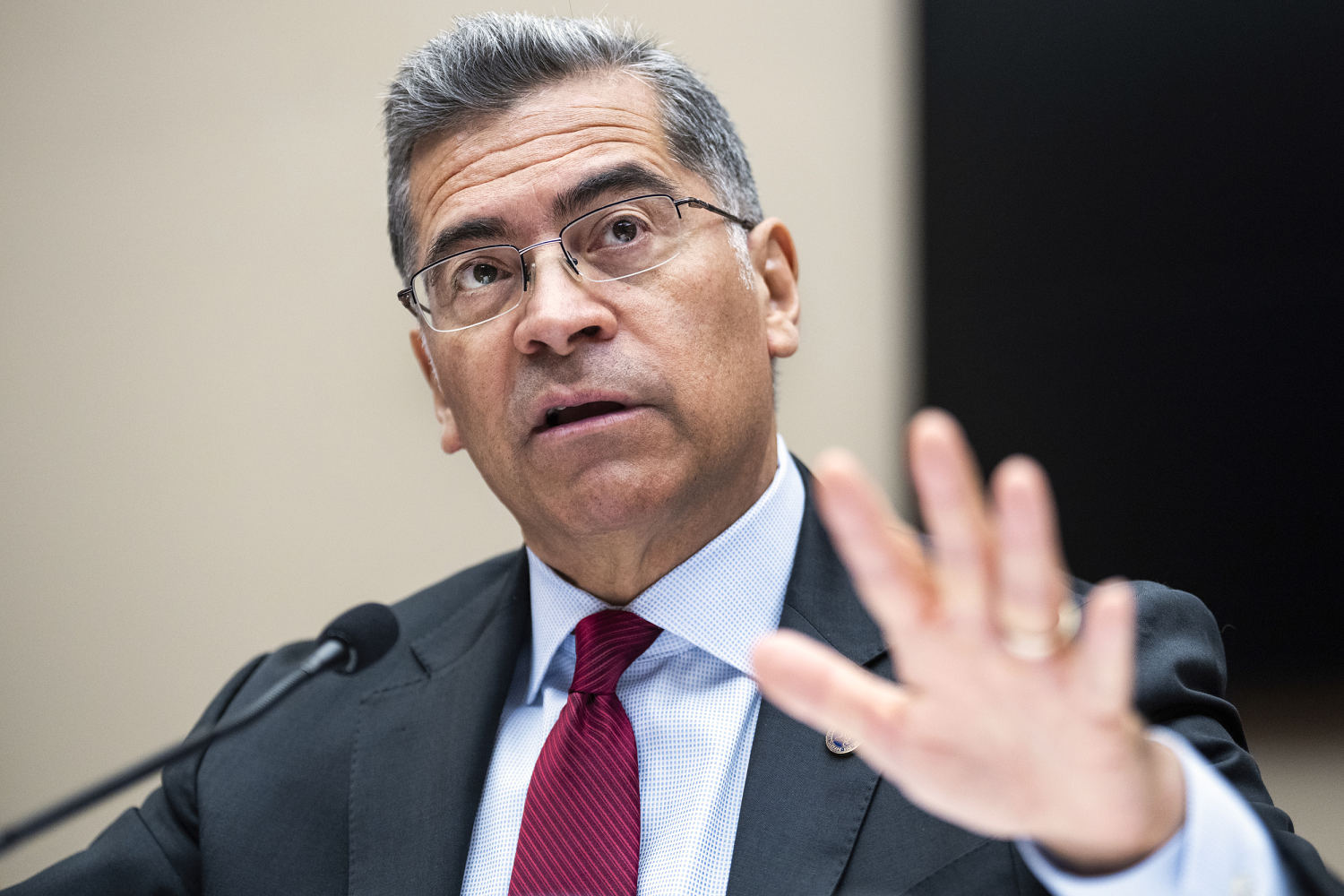Some Republicans in Congress have proposed changing the budget reconciliation process to begin using a “current policy” baseline that ignores expirations under law, instead of the traditional “current law” baseline.
This would be a serious act of fiscal irresponsibility, making it easier for either party to circumvent important budgetary guardrails, thereby accelerating the growth of our national debt by many trillions for years to come.
The budget reconciliation process enables Congress to change certain parts of the budget with only a 51-vote majority in the Senate. This legislative process includes a key fiscal guardrail under the Budget Act, commonly known as the Byrd Rule, which Congress established 35 years ago to prohibit long-term fiscal damage to the U.S.
The issue is the “before” picture. What are you comparing proposed policy changes to? Should the baseline comparison assume this year’s policies continue indefinitely, which is “current policy,” or should it reflect changes that are scheduled to happen automatically, which is “current law”?
This battle may seem deep in the technical weeds, but it actually has an enormous impact on fiscal policymaking because it affects how many trillions of dollars in the budget are treated under the rules.
The proponents’ stated rationale for seeking current policy is a claim that it’s “unfair” that spending is treated “differently” from taxes in the current law baseline because some programs are assumed to continue even though they are not permanent, allegedly making it “easier” to increase spending than to cut taxes.
This argument has little validity and is wholly insufficient to justify such a significant budgetary process change.
First, discretionary spending cannot be changed through the budget reconciliation process. Therefore, whatever baseline assumption is used, from zeroing it out completely to growing it by leaps and bounds, is entirely irrelevant because this part of the budget can only be changed through the appropriation process.
Second, of those programs that are eligible to be changed through reconciliation, the vast majority are already permanent under law, so their future estimates are exactly the same in both the current law and current policy baseline.
So what’s left? The reality is that there are very few reconciliation-eligible programs that are not permanent, but are assumed to continue in the current law baseline.
In fact, the Peter G. Peterson Foundation's estimate of figures released by the Congressional Budget Office in January concluded that these programs represent only 1.7 percent of total spending. (One of us is an executive vice president at the Peterson Foundation.) Their baseline treatment was established through a bipartisan change in law in 1985.
The fact that a tiny portion of spending is treated differently is certainly not sufficient cause to change the budgetary treatment of tax provisions that affect many trillions of revenue. Those wanting to fix this discrepancy should amend the 1985 act rather than deteriorate the entire baseline projection.
It’s also important to remember that there are legitimate policy reasons for many of the expiration dates under law, for example, temporary tax relief provided ...











